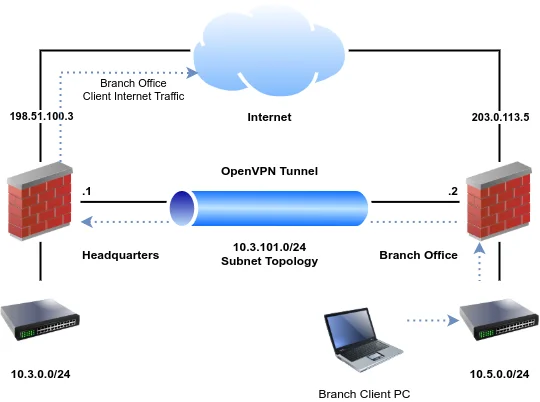How does a router route internet traffic?


A router is a crucial device in any network that plays a significant role in routing internet traffic. It acts as a central hub, connecting multiple devices and directing data packets to their intended destinations. In this article, we will explore how a router routes internet traffic, delving into the intricacies of routing, network connectivity, and the functions of a router.
Understanding Routing
Routing is the process of selecting the best path for data packets to travel from the source device to the destination device. It involves analyzing the available routes, considering factors such as speed, reliability, and congestion, to ensure efficient and effective data transmission.
The Role of a Router
A router is a specialized networking device that operates at the network layer of the OSI model. It acts as a gateway, connecting different networks and facilitating communication between them. Routers are responsible for forwarding data packets between networks, ensuring that they reach their intended destinations.
How a Router Routes Internet Traffic
When a device sends a data packet to another device on a different network, the router comes into play. Let’s break down the process of how a router routes internet traffic:
1.
Packet Forwarding
When a device sends a data packet, it first checks if the destination IP address is on the same network. If it is, the packet is sent directly to the destination device. However, if the destination IP address is on a different network, the packet is sent to the default gateway, which is typically the router.
2.
Destination IP Address Lookup
Upon receiving the packet, the router examines the destination IP address. It consults its routing table, which contains information about the available networks and their associated interfaces. The routing table helps the router determine the best path for the packet to reach its destination.
3.
Routing Decision
Based on the information in the routing table, the router makes a routing decision. It selects the most appropriate interface through which the packet should be forwarded. This decision is typically based on factors such as the destination IP address, subnet masks, and metrics associated with each route.
4.
Packet Forwarding
Once the router has determined the appropriate interface, it forwards the packet to that interface. The packet is then encapsulated with the appropriate data link layer protocol, such as Ethernet, and sent out onto the network.
5.
Network Hopping
As the packet travels through the network, it may encounter multiple routers. Each router performs the same process of destination IP address lookup, routing decision, and packet forwarding. This allows the packet to hop from one network to another until it reaches its final destination.
6.
Arrival at Destination
Finally, when the packet reaches the destination network, the router at the destination examines the destination IP address and forwards the packet to the appropriate device on that network.
Network Connectivity and Routing Protocols
To ensure seamless network connectivity and efficient routing, routers use various routing protocols. These protocols enable routers to exchange information about network topology, reachability, and congestion. Some commonly used routing protocols include:
–
OSPF (Open Shortest Path First)
OSPF is an interior gateway protocol that calculates the shortest path between routers using the Dijkstra algorithm. It is widely used in large networks and provides fast convergence and scalability.
–
BGP (Border Gateway Protocol)
BGP is an exterior gateway protocol used for routing between different autonomous systems (AS). It allows routers in different ASes to exchange routing information and make routing decisions based on policies.
–
RIP (Routing Information Protocol)
RIP is a distance-vector routing protocol that uses hop count as a metric to determine the best path. It is commonly used in small networks and is easy to configure.
Conclusion
In conclusion, a router plays a crucial role in routing internet traffic by forwarding data packets between networks. It examines the destination IP address, consults its routing table, and makes routing decisions based on various factors. By understanding the process of how a router routes internet traffic, we can appreciate the importance of routers in maintaining network connectivity and enabling efficient data transmission.
Recent Posts
How do I create an engaging and informative online quiz or assessment?
Creating an engaging and informative online quiz or assessment can be a powerful tool for… Read More
What are the most effective methods for managing and reducing work-related stress in the hospitality industry?
Work-related stress is a common issue in the hospitality industry, where employees often face long… Read More
How can I improve my assertiveness and communication skills in a leadership position?
In a leadership position, assertiveness and effective communication skills are crucial for success. Being able… Read More
What are the key elements of a successful employee recognition and rewards program?
Employee recognition and rewards programs play a crucial role in motivating and engaging employees, as… Read More
How do I effectively manage and respond to customer feedback and reviews?
Customer feedback and online reviews play a crucial role in shaping a company's reputation and… Read More
What are the best strategies for effective time management as a stay-at-home parent?
Effective time management is crucial for stay-at-home parents who juggle multiple responsibilities on a daily… Read More